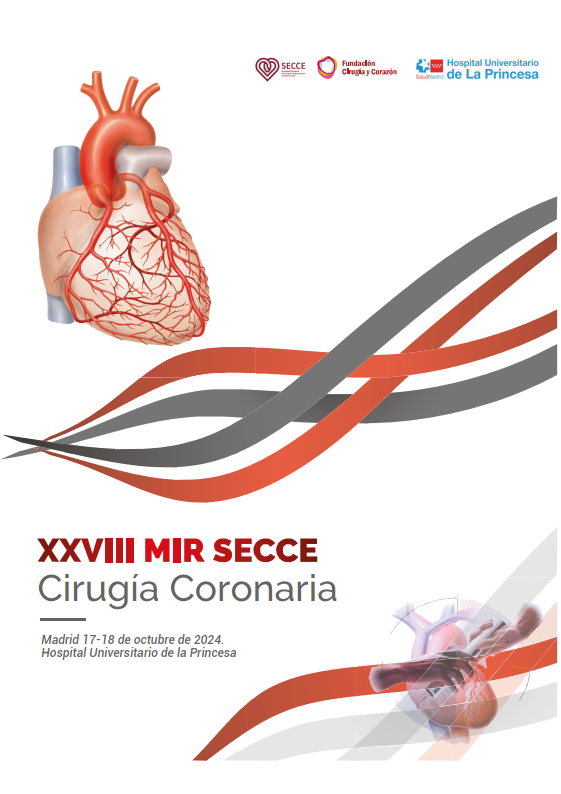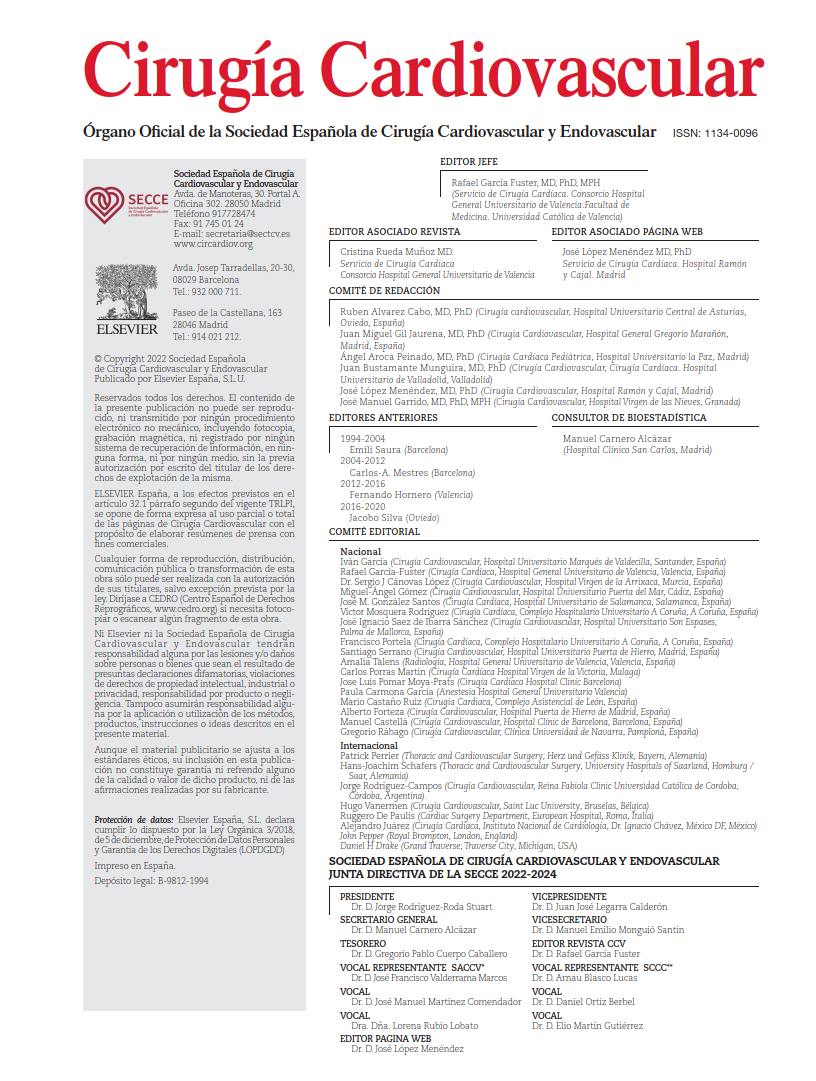The European Congenital Heart Surgeons Foundation was established in 1992 and, in 2003, was renamed as the European Congenital Heart Surgeons Association (ECHSA). This organization was responsible for creating the European Congenital Heart Defects Database, the forerunner of the current ECHSA Congenital Cardiac Database (ECHSA-CCDB). Today, this registry stands as the second largest in the world—surpassed only by its American counterpart—encompassing over 350000 procedures in nearly 300000 patients with congenital heart disease. It includes active participation from 206 centers across 76 countries worldwide. Its value lies in its capacity to evaluate risk-stratified outcomes, assess improvements in quality of care, and study the epidemiology of congenital cardiac conditions.
In today’s article, we review a study that compiles data collected over the past 25 years through this registry. Key parameters such as hospital mortality, 30-day mortality, and postoperative length of stay are analyzed. Data are stratified by era, age group, and the 10 standard benchmark procedures. Importantly, no exclusion criteria were applied—every recorded case was included in the analysis.
Over the past 25 years, a total of 377606 procedures were performed in 294206 patients. Of the participating centers, 72% (n=149) were based in Europe. The average length of hospital stay was approximately 16 days. Overall 30-day mortality and hospital mortality were 3.65% and 4.09%, respectively. When stratified by age group, neonates—accounting for nearly 18% of the cohort—had a 30-day mortality of 8.71% and hospital mortality of 10.28%. For infants, these values were 3.36% and 3.90%; for children, 1.68% and 1.87%; and for adults, 1.77% and 1.85%, respectively. When stratified by benchmark procedures, ventricular septal defect repair showed the lowest mortality rates at 0.63% and 0.72%, whereas the Norwood procedure had the highest, with 30-day and hospital mortality rates of 22.93% and 27.62%, respectively. When viewed over the 25-year period, a consistent decline in mortality was observed, with 30-day mortality decreasing by 0.133% per year and hospital mortality by 0.140% per year.
The authors conclude that the data presented in this report represent real-world, unadjusted outcomes from participating ECHSA-CCDB centers, stratified by age and benchmark procedure group. Mortality has declined steadily over time. These findings may be used by individual centers as a reference for benchmarking and quality improvement initiatives.
COMMENTARY:
The brief history of cardiac surgery has been one of transparency. Since the emergence of the first rigorous studies on myocardial revascularization in the 1970s, our field has responded to a lack of knowledge by generating and analyzing our own data. With the motto “let the data speak for themselves,” every cardiac surgeon, early in their career, has contributed results—whether to their institutional database, national registry, ECHSA-CCDB, or other multicenter efforts related to congenital heart disease. With the patient at the center of our actions and a deep sense of responsibility for their outcomes, we have persistently analyzed our surgical failures from every possible angle. We compare our results with those of others, seeking opportunities for improvement. When counseling our patients, we refer to our actual results—not just figures reported in clinical trials performed elsewhere or in unrelated contexts.
The purpose of registries in our specialty is fundamental: to allow comparison and identify areas for improvement. Learning from our own mistakes, as well as those of others, in order to reduce avoidable deaths, is the core goal of this approach. This is especially relevant in congenital heart disease, where data—and thus experience—with certain pathologies remain scarce. Some conditions, such as hypoplastic left heart syndrome, have been difficult to manage since the beginning and still offer significant room for improvement.
This registry should serve as a roadmap and a benchmark, while recognizing the limitations of unadjusted data. Relevant variables—such as coronary anatomy in transposition of the great arteries, echocardiographic findings, or long-term outcomes—are not consistently available, which limits our understanding of the broader impact of our interventions. The reported outcomes span a 25-year period, a particularly dynamic era marked by improvements in surgical techniques, postoperative care, and diagnostic tools. These advances are reflected in the declining mortality rates. However, the data mix various surgical strategies, hybrid procedures, and levels of patient complexity.
Furthermore, the voluntary nature of data submission may introduce bias and prevent full representation of the reality. Many low-volume centers may not report their cases, and adult congenital patients may undergo treatment in non-specialized hospitals, further complicating the interpretation of outcomes.
In conclusion, in a world where 400.000 people die annually in armed conflicts and more than 1000 homicides occur each day, initiatives aimed at reducing preventable deaths stand as a powerful plea for reason. At the risk of sounding idealistic, our role as a society is to smooth the path for future generations. As surgeons, we should view the results of this article as a reference point in our continuous pursuit of excellence in service of the most important element in our profession—the patient.
REFERENCE:
Protopapas E, Padalino M, Tobota Z, Ebels T, Speggiorin S, Horer J, et al. The European Congenital Heart Surgeons Association congenital cardiac database: A 25-year summary of congenital heart surgery outcomes. Eur J Cardiothorac Surg. 2025 Mar 28;67(4):ezaf119. doi: 10.1093/ejcts/ezaf119.



